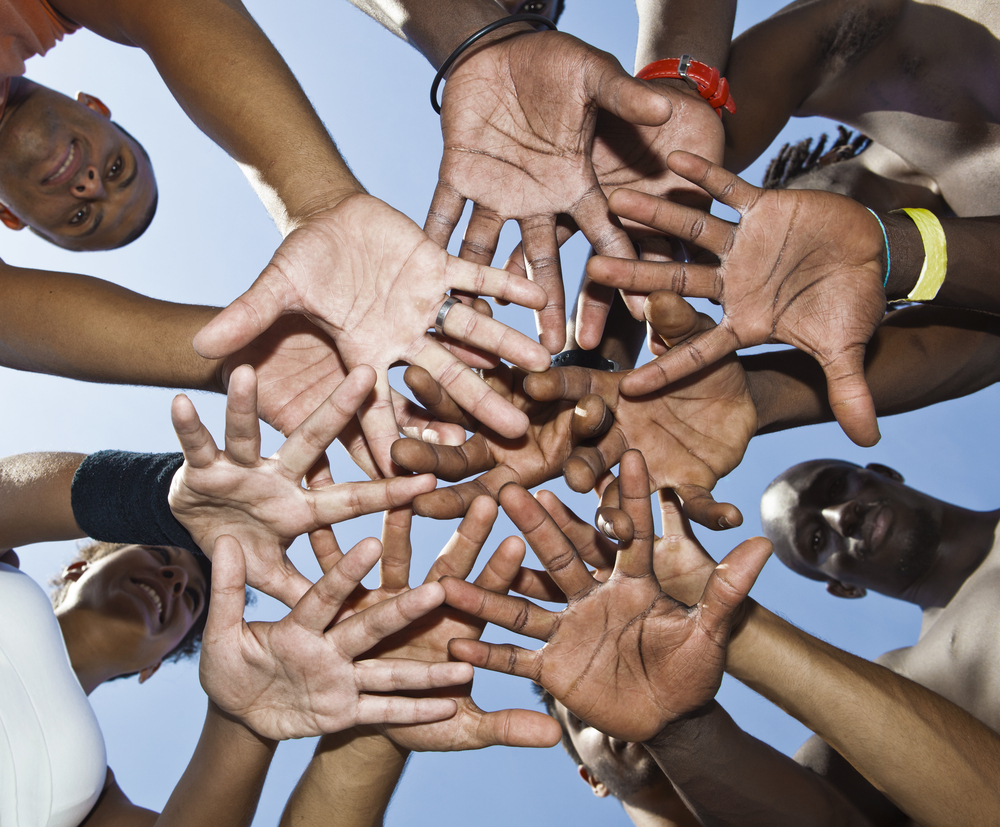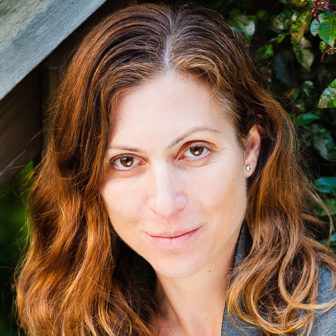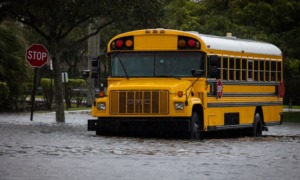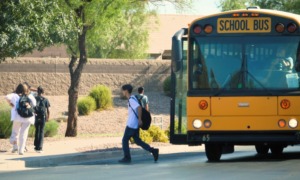
iko/Shutterstock
.
Restorative justice is a centuries-old approach that seeks to empower people to address the harms, needs and obligations that arise when a crime has been committed by bringing together victims, offenders and members of their respective communities. The face-to-face open dialogue process is focused on personal accountability and reparations; it is achieved when victims and offenders share deeply personal and painful life experiences with the least likely person in the world — each other. Restorative justice requires its participants to lay bare feelings of self-loathing, suffering, rage, loneliness, rejection that they have hidden from the world and often from themselves. They must face reckonings they have long resisted.

Lara Bazelon
The Anglo-American legal system, which is fundamentally adversarial, asks three basic questions: What law was broken, who broke it and what punishment is deserved? Restorative justice, which focuses on rebuilding lives and communities, asks three similar questions in a radically different way: Who was harmed, what are their needs and whose obligation is it to meet those needs?
Much has been said about the failures of the American criminal justice system: the mass incarceration, particularly of young men of color; the lasting legal stigma upon release; the decimation of families by crime and by the loss of their young men to prison; high recidivism rates; the sidelining and alienation of victims. Restorative justice recognizes the failures of that system and aims to correct them through the active involvement and empowerment of those harmed most directly, a group broadly defined as victims, offenders, their family members and others in the community.
The United States, with its emphasis on retribution and punishment, has been slow to embrace restorative justice. Still, it has a foothold in isolated parts of the country, particularly when it comes to seeking alternatives for youth to the school-to-prison pipeline.
In California, the Oakland Unified School District (OUSD) had instituted restorative justice programs in nearly half its schools by 2014 in collaboration with the nonprofit Restorative Justice Oakland Youth (RJOY), in reaction to an alarmingly high suspension rate among its black and Latino students. In healing circles, students who had committed offenses had to face the students they harmed, their parents and other community members.
What happened to Cedric in circle
In 2013, Cedric, an African American 16-year-old, was required to participate in a restorative justice circle as a condition of his acceptance into Oakland’s Bunche Continuing Education High School. He had just spent 10 months in a juvenile justice camp for bringing a loaded gun to his previous school, which went off in the middle of class. Cedric’s receptivity to the restorative justice circle weighed heavily in deciding whether to admit him to Bunche.
Cedric freely admitted that he was unhappy about having to sit in a circle with his parents, the school’s principal, a psychologist, teachers and peer mentors to talk about the pain he had caused other people or the deprivation and harm he had experienced himself. The prospect, Cedric said, “made me feel like walking out the damn room.” But he did it.
As with most circles, a “talking piece” was passed around the room; only the person holding it could speak. As Cedric, his mother and his stepfather spoke, it became clear that Cedric felt driven to commit crimes to provide his mother, who could not find a job, with money to pay the rent. “I probably wouldn’t be into this if she wasn’t struggling,” Cedric said, “I just did it because my family needed it.” In talking about her own struggles, Cedric’s mother broke down in tears. Cedric swiped clumsily and repeatedly at his own eyes.
Over and over, when it was their turn, the adults in the room told Cedric they loved him and supported him, urging him to accept their help and tell them what he needed to do better. Eric Butler, who facilitated the circle and worked as RJOY’s school coordinator at Bunche High School, addressed Cedric directly, saying, “I will be your brother, I will be your uncle, I got your back. I got stuff for you. Come and get it. And I say this in front of everybody because if I don’t, I need all these people to hold me accountable.”
In the closing round of the circle, Butler led the group in writing out a life plan for Cedric on a whiteboard, and the group agreed to reconvene in 30 days. Butler said, “Next time we meet, we gonna celebrate.” When I spoke to Butler about Cedric four years later, Butler told me that Cedric had been admitted to Bunche, had graduated and was now working in the construction industry.
‘Cookie-cutter approach’ won’t work
The use of restorative justice as an alternative to traditional discipline in disadvantaged public high schools has its critics. In schools across the country, teachers have publicly protested, stating that the programs were not well-designed or consistently applied, leaving the worst-behaved students to believe, correctly, they could physically and verbally abuse their peers and teachers without suffering any real consequence. In such an unsafe and disruptive environment, they said, real learning was more difficult than ever.
Fania E. Davis, the co-founder and co-executive director of RJOY, says, “there must be a mindful, rigorous approach to implementation. We have seen cases where a school district will decide to stop suspending students and use restorative justice but they haven’t created an infrastructure or trained the right people to come in and oversee the work.” It cannot be, she says, a “cookie-cutter approach” but rather has to be a process that grows organically from the ground up. “In Oakland,” she says, “we started at just one school” putting together general practices and tailoring them to meet the particular needs of other schools in the district.
In January 2015, the OUSD announced that it would incorporate restorative justice practices into all its schools by 2020 based on results of the participating schools, which showed sharp drops in truancy and suspensions while test scores and graduation rates rose as much as 60 percent. Davis says RJOY “worked ourselves out of a job.”
Her nonprofit is now focused on implementing a strategic plan approved years earlier by judges, prosecutors, public defenders, court personnel and probation officers to convert the Alameda County, Calif., juvenile justice system entirely to a restorative system, similar to the one that exists in New Zealand. A less ambitious model exists in other parts of the country such as Boulder, Colo., and North Bend, Ore., where police and prosecutors are using restorative justice practices as an alternative to juvenile court in specific cases.
Lara Bazelon is the author of the book “Rectify: The Power of Restorative Justice After Wrongful Conviction”; this was adapted from a chapter in her book. She is an associate professor at the University of San Francisco School of Law, where she is the director of the Criminal and Juvenile Justice Clinic and the Racial Justice Clinic.































